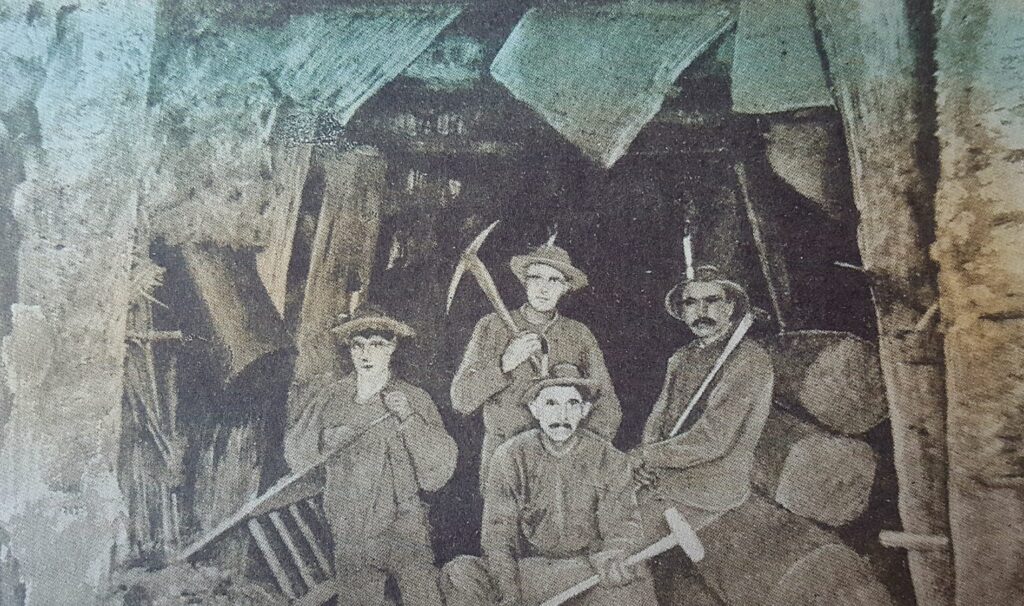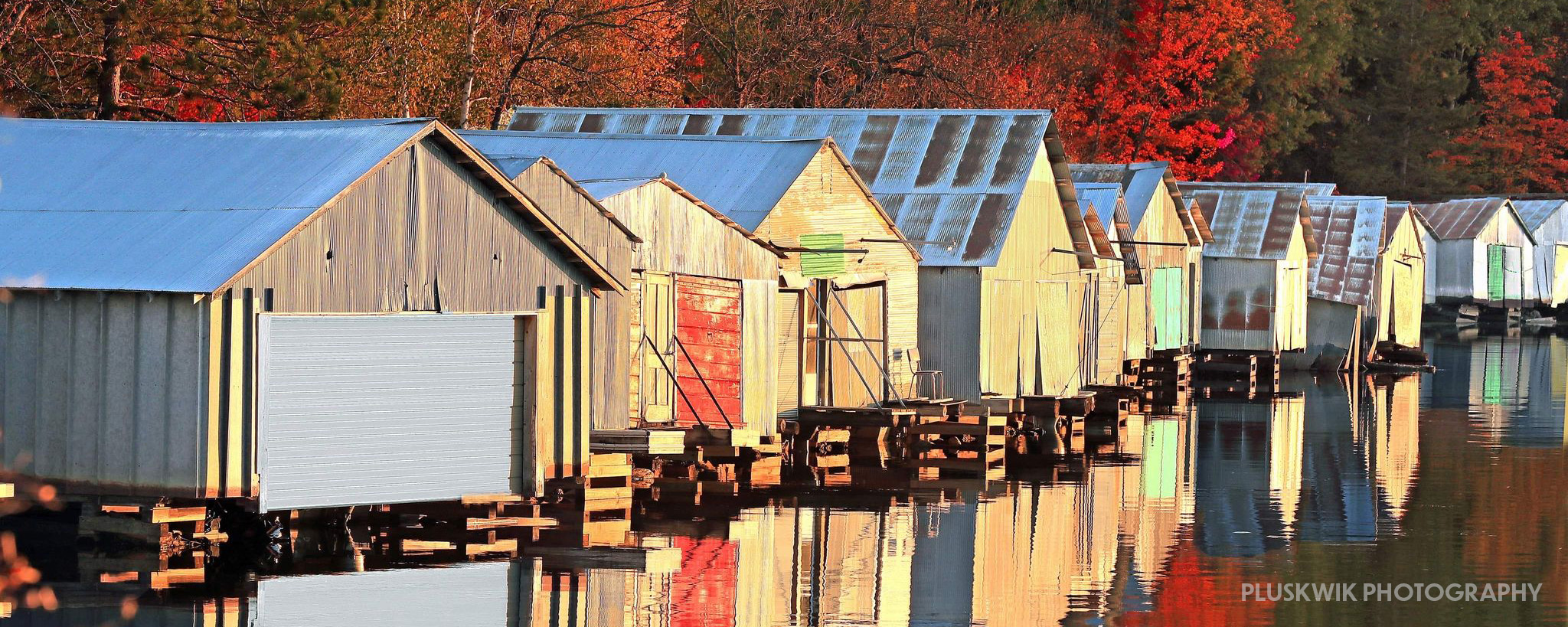The LaRue Mine
The LaRue Mine was a small mining operation northeast of Lake Vermilion, located along the same ridge as the larger Soudan Mine and the Consolidated Vermilion & Extension mine. It ran from 1916 to 1924, in a few different incarnations; first known as the LaRue Mine and later changed to the Armstrong Bay Mine. It became a shipping mine in 1923, sending various high grades of ore out to Two Harbors to be shipped to the steel mills.
There was an early argument over who owned the land. Nicholas Lonstorf, a financier in the mining industry, had a scrip claim on the property based on the 1854 treaty. Petter Armstrong, who was living on the land at the time, had a Preemption Act of 1841 claim that predated Lonstorf’s claim. Lonstorf made an offer, reportedly counting the money out on a rock, but Armstrong refused. Armstrong later decided to work with George C. Stone and the Minnesota Iron Company, who then settled with Lonstorf for shares in the site.
Before the mine was developed, logging was done in the general area. As holes were dug for outhouses for the logging crews, the loggers found old pottery, quartz, pyrite, and traces of gold among the black sand. One of the loggers had a friend, nicknamed “Shorty” LaRue, who was a geologist. “Shorty” surveyed what the loggers had found and agreed. Soon after, “Shorty” and his brother George staked 6 claims and started digging test pits.
By 1891 the site was being explored but it’s not apparent that work was continued at that time. The workers who worked the mine were mostly Civil War veterans who gathered under W. G. “Shorty” LaRue. Most were single and looking for adventure and riches; only a few brought families with them. In 1892 they formed a partnership and started digging into the hill. Exploratory drilling was carried out for a time afterward but otherwise things were quiet. Work on the mine was officially picked back up in 1915 when work on a tunnel into the hill was started, and more modern equipment was brought in to help the miners.
In 1920, the Chippewa Mining Company moved its operations from Ely to the LaRue Mine. New work was planned on the mine, drilling the shaft deeper to meet the ore body. At this point the mine’s name was changed to the Armstrong Bay Mine to prevent confusion with another LaRue property on the Mesabi Iron Range, southwest of Tower. A large amount of ore was found deeper and to the west, which the crew worked on all winter between 1920 and 1921. The ore was stockpiled in anticipation of the rail line that was to be run from McComber. By the spring of 1923 ore was being shipped.
During the winter of 1923-1924 the mine was not in operation, and by spring of 1924, the St. Louis County mine inspector reported that the mine was no longer in operation. Not all of the ore was shipped, and there is still a stockpile on the site.
The LaRue Mine is located northeast of Armstrong Bay on Lake Vermilion, in sections 7 and 8 of 62N, 14W.
Workers would come from Tower by boat to Armstrong Bay, then make the mile walk to the mine. From Ely they would ride the train to Robinson or McComber and walk from there. During the week, miners would stay in a bunk house at the mine, and they would go home on weekends. Miners were well-fed during the week. Supplies were brought to the mine by Aronson Boat Works’ barge.
An extensive article about the LaRue Mine can be found at the direct link https://lakevermilion.net/the-larue-mine

